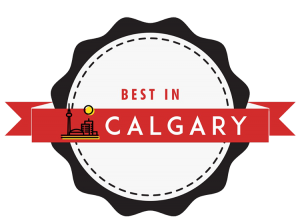Traditional Thai Massage is one of the world’s oldest healing arts that has just found its way to the West.
Throughout history it has been influenced by aspects of Ayurvedic Medicine, Chinese Medicine, Khmer civilization, Buddhist spiritual practice and Hatha Yoga.
Over the centuries this cross-cultural exchange kept the origins of Thai Massage a mystery. Although two distinct styles emerged, one rural and one royal. In the rural areas, Thai Medicine and Massage was practiced mostly secretly and taught as an oral tradition. The rural healers were practitioners of astrology, shamanism, incantations and herbology. The Royal style, however, influenced mostly by Ayurvedic doctors, was practiced only in the palaces. Most of the old texts recorded by the Royal style of Thai Massage were destroyed by the Burmese invaders. A few texts survived and King Rama III ordered that they get carved in stones at the Wat Po school /temple in Bangkok where you can still view them today.
Shivago Kormapaj, originally, a doctor from India, was a friend and a doctor to the Buddha and was known for his extraordinary skills. Today, he is still highly respected as the Father of Medicine in Thailand where he is found on most altars where people pay him homage and perform ceremony.
It is believed that Thai Massage may have come from the knowledge of the Ruesi (seers or shamans) of Thailand.


